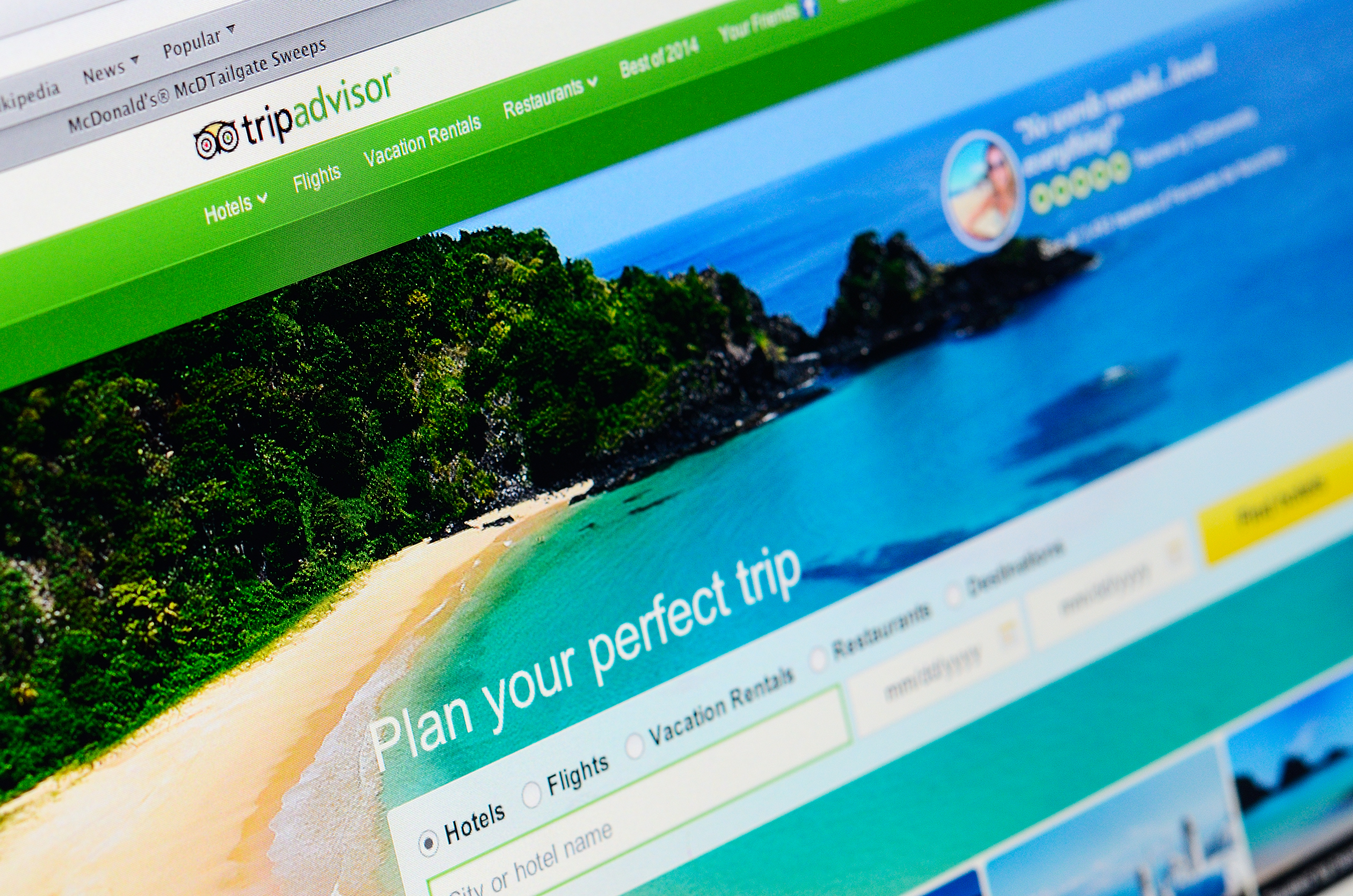How User Reviews Replace Advertising
This is one of our free-to-access content pieces. To gain access to all Ideas for Leaders content please Log In Here or if you are not already a Subscriber then Subscribe Here.

Reflecting the impact of customer review sites, new research shows that independent hotels are adjusting their advertising spending based on reader reviews — the better the reviews, the less they spend.
The popularity of customer review sites such as Yelp and TripAdvisor have turned these sites into an important element of a service company’s marketing package. According to the results of an in-depth research project exploring the correlation between hotel advertising spending and TripAdvisor reviews and user ratings, many hotels are using positive reviews as a substitute for advertising spending.
The research, conducted by professors Brett Hollenbeck of UCLA’s Anderson School of Management, Davide Proserpio of USC’s Marshall School of Business and Sridhar Moorthy of the University of Toronto’s Rotman School of Management, was based on three sources of data.
The number of reviews on TripAdvisor increased exponentially during the period covered by the research, from 2 reviews per hotel in 2002 to more than 550 reviews per hotel in 2015. The average TripAdvisor user ratings increased over the same time period by 0.2 stars.
During this 2002-2015 period, according to the Kantar Media data, advertising spending per property decreased by more than 60%, from about $2,000/month in 2002 to about $770/month in 2015.
The data thus demonstrates that over time, online reviews during this period effectively displaced advertising.
The next step was to explore the connection between advertising spending and online user ratings. The researchers found a direct negative correlation: when ratings went up, ad spending went down. In other words, hotels use positive ratings not to complement their advertising, but to replace it.
Not all media decreased evenly, of course. Print media advertised decreased the most, by 6% during the research period, while the decrease in radio and television was the smallest, by 1.5% and 1.3% respectively. On the other hand, Internet display decreased by 4%, the second highest decrease.
There are some caveats to this general trend of online user ratings replacing advertising spending.
For example, the researchers found that chain hotels are less likely to pay attention to reviews. The reason is that chains have such powerful brands, and also loyal customers, that they are more or less insulated from the impact of reviews. The data confirms this difference between chain and independent hotels. While chains did not increase or decrease advertising expenditures in response to negative or positive reviews respectively, the story for independents was quite different: for independent hotels, according to the data, a half-star increase in TripAdvisor ratings reduced ad spending by 10%.
Also, in markets with little differentiation in the ratings — in other words, all or most of the hotels are rated about equally – a small shift in the ratings can make a difference. In markets with there is already a lot of difference in ratings among the hotels, ratings make little difference and therefore hotels in these markets are less likely to correlate their advertising spending with positive or negative ratings.
Over time, TripAdvisor ratings had a significant impact on advertising spending, a trend highlighted when the researchers focused on two disparate periods: 2002-2005, when the reviews were hardly known, and 2012-2015, by which time TripAdvisor was publishing millions of reviews worldwide.
Their analysis showed that hotels did not adjust their advertising spending to user ratings when few people were visiting the site in the early 2000s. However, by 2012-2015, the correlation described above — as ratings go up, spending goes down — was significant.
The core lesson from the hotel industry example is that independent service companies — remember that brand power as exhibited by the giant hotel chains trumps user ratings — should not be afraid to leverage online user ratings in place of advertising dollars. However, determine first the potential impact of ratings (and sheer numbers hear can make the difference). The hotel industry reacts to reviews if and only if their customers react to them.

Ideas for Leaders is a free-to-access site. If you enjoy our content and find it valuable, please consider subscribing to our Developing Leaders Quarterly publication, this presents academic, business and consultant perspectives on leadership issues in a beautifully produced, small volume delivered to your desk four times a year.

For the less than the price of a coffee a week you can read over 650 summaries of research that cost universities over $1 billion to produce.
Use our Ideas to:
Speak to us on how else you can leverage this content to benefit your organization. info@ideasforleaders.com